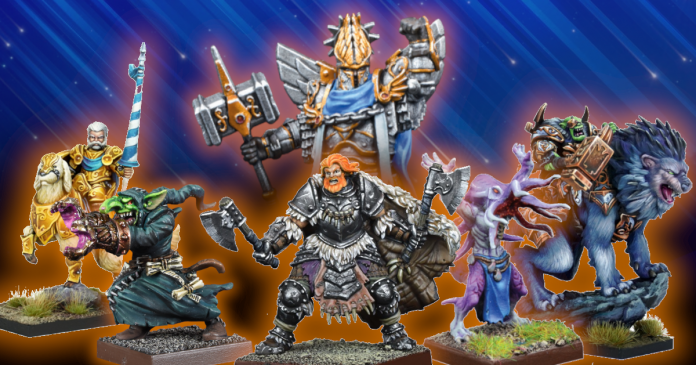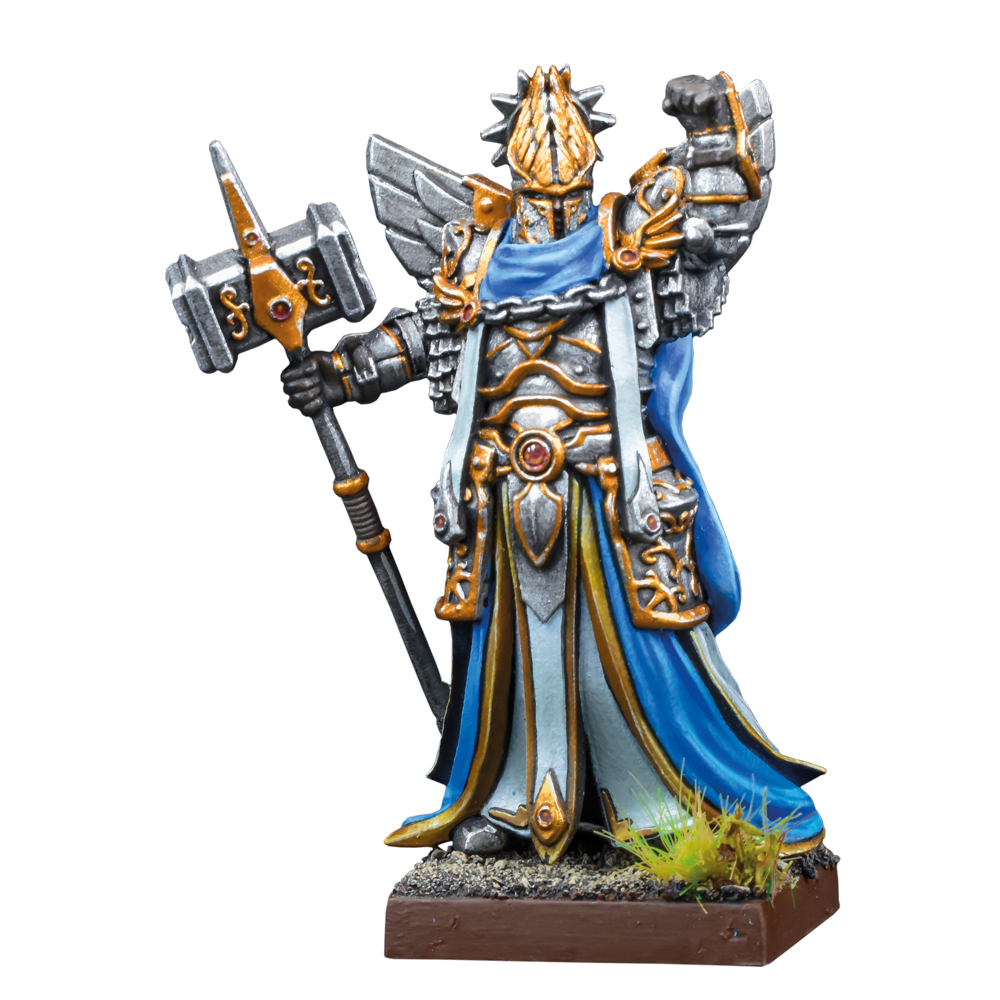G’day Goonhammer readers! The world of Pannithor is filled with heroes of all kinds, from heroic Heroes (see Kingdoms of Men) to salivating Horrors, but what most have in common is the Individual special rule. Of all the rules in Kings of War, Individual is the most complex, and many players simply aren’t aware of the breadth of rules it covers. Ambitiously, we hope to rectify that in a single article, highlighting some of the more interesting rules that make Individual units amazing to use, but also their limitations as a result.
You shall pass!

Despite what popular culture would have us believe, in Kings of War there are only a few Individuals that can block other units, monsters, or ranged attacks. For the most part Individuals just get run past, run over, or simply ignored. This is represented by three key rules summarized here:
- Units that are not Disordered can move, charge and pivot through Individuals (because they are Yielding).
- Individuals can have a lot of trouble blocking the enemy. As long as the enemy unit ends its movement without being on top of the Individual, they can move as if they are not there. It represents the fact that one small hero simply cannot hold back a whole unit just by standing there.
- To prevent this, the enemy unit must be Disordered. To Disorder an enemy unit, they must have taken melee damage in the previous turn. This is why heroes with some decent damage output make for better chaff.
- The special rule Mighty makes that Individual not Yielding, meaning they can block units who aren’t Disordered! That’s how tough and intimidating they are!

Basilean Dictators are “mighty” enough to stop any unit in their tracks.
- Units can shoot through Individuals, they do not provide cover or block line of sight.
- As above, a single hero just can’t stop everything, especially shooting. Individuals literally cannot protect against shooting, unless they are attacking the shooters. Best defense is a good offense!
- Units that rout an Individual and overrun into another enemy unit can fight again!
- This is the single biggest danger of using Individuals. It’s bad enough losing a 100 point hero in combat, but then the enemy can overrun into the unit behind and fight all over again!? The amount of times poor placement of heroes next to my own units has resulted in absolute devastation… I learned quickly.
- This is the single reason not to add an Individual to a combat between two other units. It can be tempting to chuck in the Goblin King with the Trolls to add a few extra damage to the combat. If however, the damage is insufficient to kill the enemy, the ensuing countercharge can take out the Individual, who is most likely to be your Inspiring source, and then go into the unit!
Knowing these limitations will help keep the Individual safe, as well as the units around them.
Fly, you fools!
The Individual is the closest Kings of War gets to skirmish-style wargaming. As mentioned in our previous article about chaff, Individuals can charge in any direction. How this is possible is that prior to movement, Individuals get a free pivot, turning any direction they choose. On top of that they are inherently Nimble, so over the course of a single move an Individual can pivot up to three times, a complete pivot and two 90° pivots respectively. It’s pretty much Warhammer 40K at this point.
This dynamic movement makes Individuals perfect for responding to unexpected threats. Whether it be the pinning of flanking flyers, or an enemy Individual attempting to get through the battle lines, Individuals can spring into action. Though remember, you still have to have line of sight to declare a charge, so clever positioning can prevent a charge even if you have the pivots to make contact!
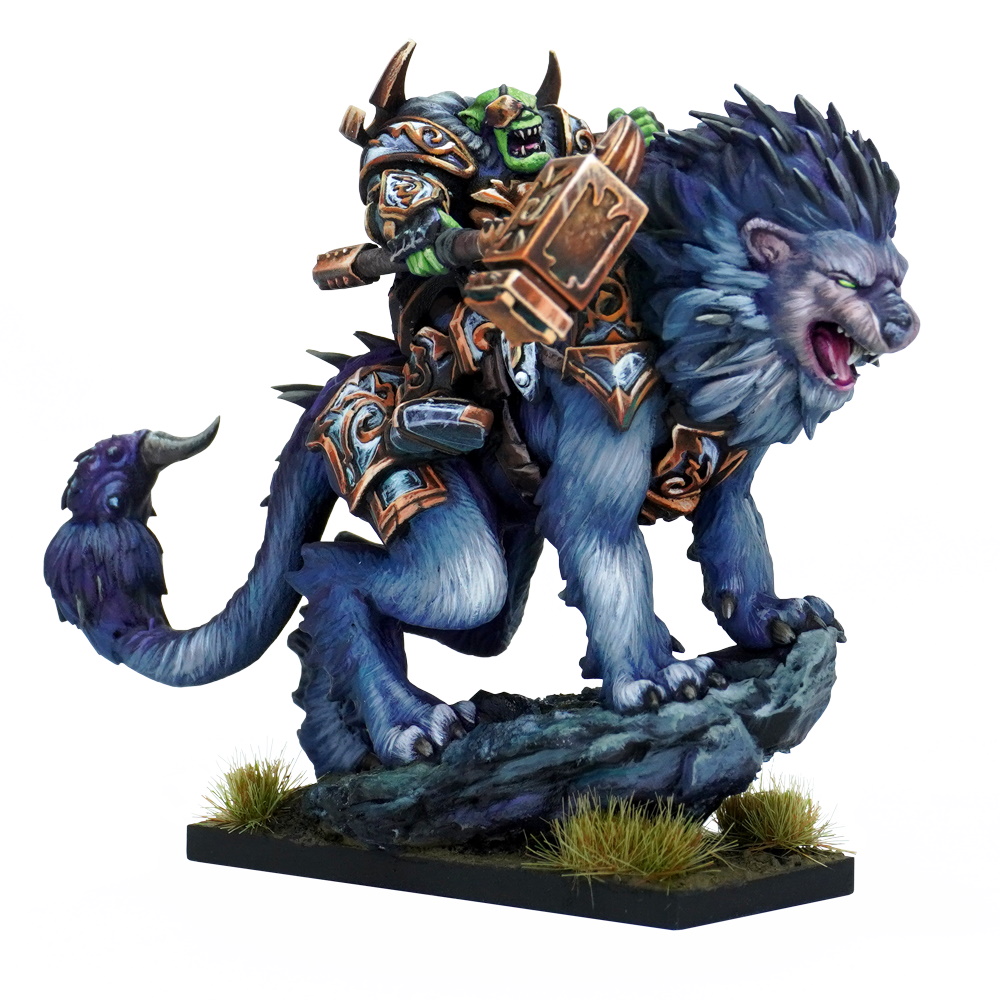
To temper the flexibility of Individuals, they have a key limitation; they never double or triple attacks for flank and rear charges, but never can have attacks doubled or tripled against them either. In most cases this means Individuals will rarely remove units on their own, with notable exceptions being the absolute beatsticks that are Thonaar, Mikayel and Groany Snark (all of whom possess abilities to increase their number of attacks).
And you have my ranged attacks
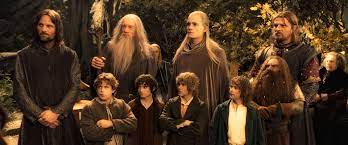
Some Individuals sport a humble shooting attack that at face value seems tokenistic. Three to five shooting attacks is not particularly noteworthy, right? That is until one considers the intrinsic special rules an Individual possesses:
- Free complete pivot prior to shooting (in the Ranged Phase!).
- Steady Aim: no penalty for moving and shooting.
In addition, most Individuals have a decent ranged stat that befits their higher rank, which when combined with the aforementioned rules makes Individuals an incredibly agile source of ranged attacks.
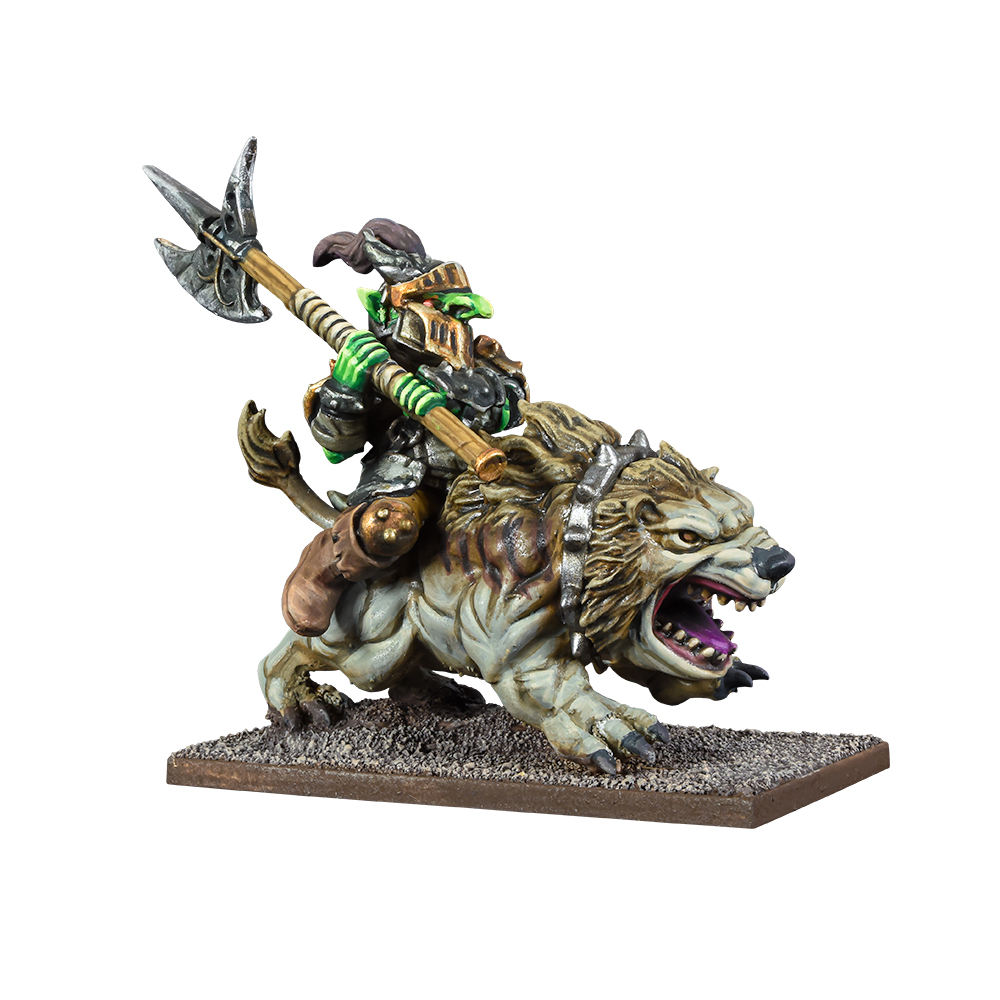
Individually (heh), this kind of shooting presents a threat to only weak chaff units such as Snow Foxes and Gargoyles, yet together multiple Individuals can threaten most units. Bringing the ranged attacks of these Individuals to bear is considerably easier than blocks of infantry thanks to the aforementioned movement capabilities. Furthermore, Individuals can move clear of intervening units to fire upon a target, and most can obtain a mount to increase their height.
Items can enhance the ranged output of Individuals, specifically the Scythe of the Harvester and Axe of the Giant Slayer which grant Rampage (D3) and Slayer (D3) respectively. This applies to both ranged attacks and close combat attacks. The only caveat is that if the ranged attack description specifies a number of attacks, and Rampage and Slayer only increase the number of attacks of the character, not the ranged attack if separately defined.
At dawn, align to the enemy!
When an Individual is charged, the whole unit placement is quite a bit different to standard unit-to-unit combats. In a “normal” combat, the charging unit makes contact with the enemy, is then picked up and aligned with the facing originally being charged, and finally is moved to the center of the enemy facing. In a combat where a unit charges an Individual the following happens:
- The charging unit makes contact with the Individual.
- The Individual being charged aligns to the unit, according to the facing being charged.
- The charging unit moves to the center of the Individual.
The most common mistake is mixing up which unit does what in Steps 2 and 3. Depending on the unit charging, this can alter the final position of the unit considerably. A horde of Ceremonial Guard (heavy infantry) could be relocated sideways a whole phase’s worth of movement! Yet the lack of charging unit alignment means that the arcs can be wildly different as well.
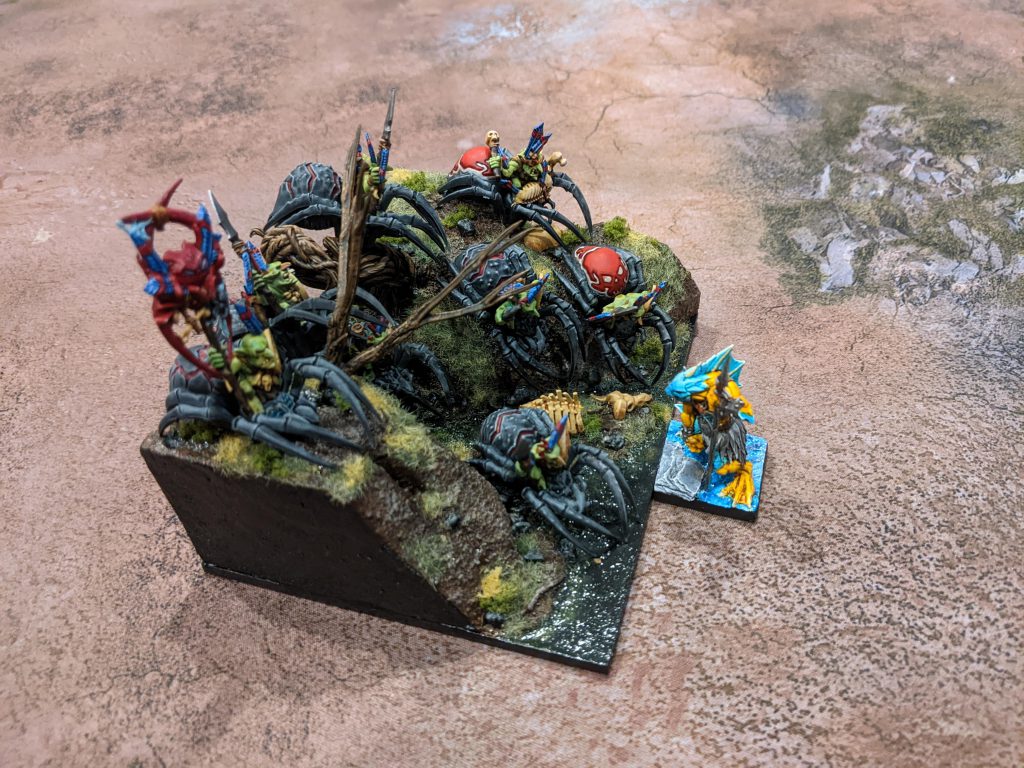
This sort of difference in interaction between Individuals and standard larger units is supposed to represent the nature of one versus many. The charging unit dictates the alignment, but still it moves to center, as if the unit is surrounding the Individual.
A minute to learn, a lifetime to master
The Individual can be a tricky piece to understand in its entirety, and then using Individuals to gain advantage is a step further. We hope we have provided some clarification on some common misunderstandings, and if there are even more interesting interactions or mistakes that we have missed, let us know!
Have any questions or feedback? Drop us a note in the comments below or email us at contact@goonhammer.com.
